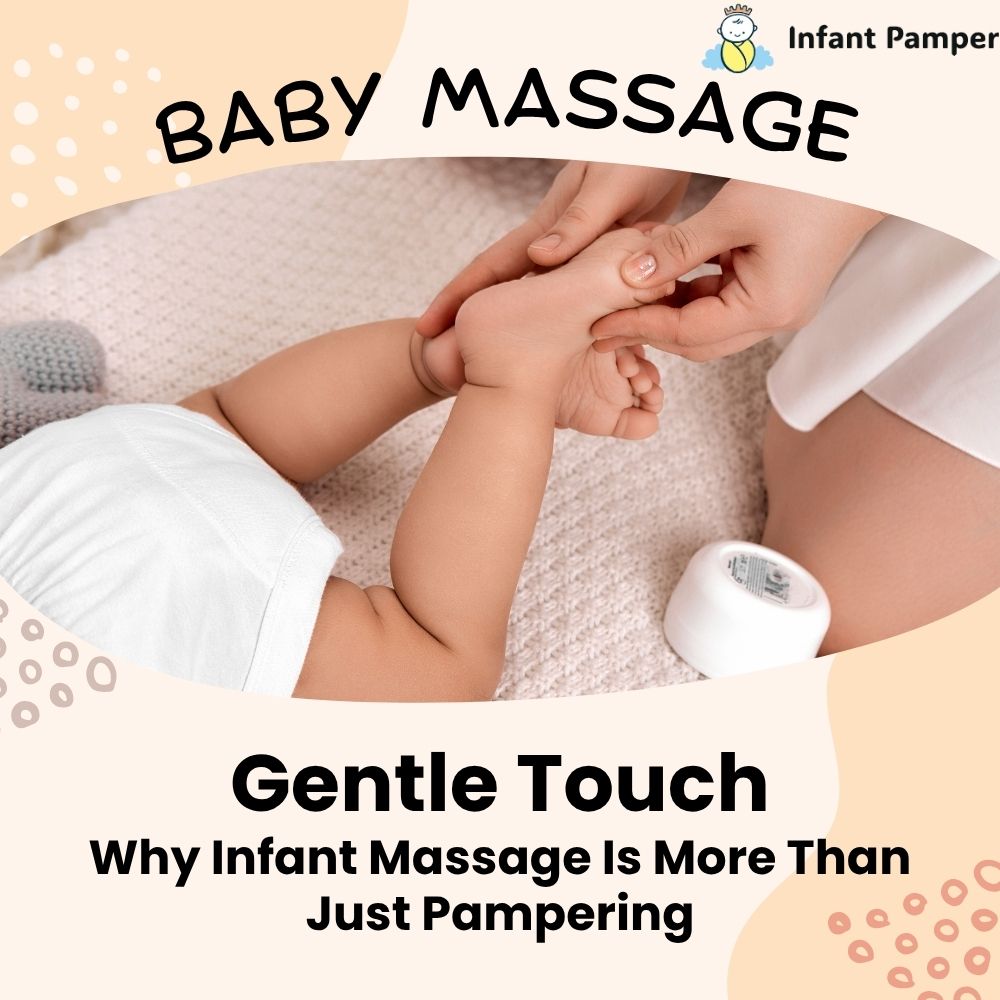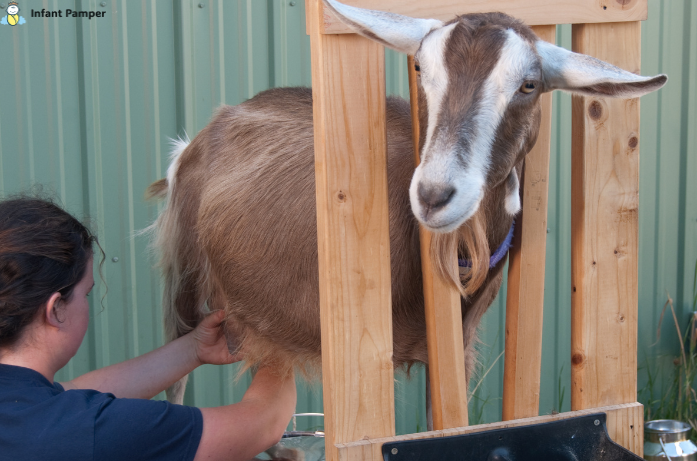By a fellow mama who’s learned the magic of soft hands and quiet moments—
There’s something special about running your hands gently over your baby’s soft skin, that warm connection, the way they look at you with sleepy eyes, the tiny smile that comes when they feel safe. For many parents, infant massage might seem like just a sweet bonding moment, but there’s actually so much more beneath the surface. This ancient practice isn’t just about pampering, it’s rooted in love, touch, and science.
Why Touch Matters: The Science Behind Infant Massage
Touch is the first sense babies develop in the womb. By birth, they already know the comfort of your hands.
✔ Gentle infant massage techniques can regulate breathing, improve circulation, and lower stress hormones like cortisol.
✔ Preterm infants who received massage gained weight faster and had shorter hospital stays, linked to better vagal activity, digestion, and growth hormone release.
Benefits That Go Beyond the Surface
- Better Sleep: A few minutes of massage before bedtime can become part of your baby’s nighttime routine, signaling to their little body that it’s time to rest.
- Bonding: It’s a beautiful way to deepen the emotional bond between parent and child, especially for dads or non-breastfeeding partners.
- Physical Development: Gentle pressure helps strengthen muscles, improve circulation, and stimulate growth hormones.
- Colic Relief: Massaging the tummy in a clockwise motion can help release trapped gas and soothe colicky babies.
- Emotional Security: A baby who feels safe and loved is more likely to grow into a confident, emotionally healthy child.
According to the American Academy of Pediatrics (AAP) and studies published by the National Institutes of Health (NIH), the benefits go far beyond pampering. This ancient practice supports your baby’s physical and emotional development in powerful ways.
Infant Massage Across Cultures
Infant massage is a universal practice with deep cultural roots, cherished for its ability to foster bonding and well-being. The World Health Organization (WHO) also recognizes the role of early touch in child development.
India: A treasured tradition passed down by grandmothers using warm mustard or coconut oil for muscle strength and better sleep.
Sweden: Included in early parenting classes, with emphasis on gentle, baby-led strokes.
Nepal: Traditional massage uses firm stretching for perceived bone strength, though modern experts recommend gentler methods.
These cultural practices in infant massage reflect its global importance.
Step-by-Step Guide: How to Massage a Newborn Safely
You don’t need to be perfect, just present.
✔ Create a Calm Space: Warm, quiet room with soft lighting.
✔ Choose the Best Oils for Baby Massage: Mayo Clinic recommends natural, baby-safe options like coconut or almond oil. Always patch-test first!
✔ Start with Legs: Babies are less sensitive there. Slowly move to tummy, chest, and arms.
✔ Watch Baby’s Cues: If they fuss or turn away, pause. Massage is about connection, not pressure.
✔ Talk or Sing: Your voice reassures your baby throughout.
When to Start Baby Massage & How Often
The AAP advises most parents to start after the six-week check-up or with pediatric approval, especially for premature babies.
✔ Many parents massage daily after a bath or before bedtime for better sleep.
✔ Others do it 2–3 times a week. No strict rules, make it consistent and calming.
Safety Tips for Infant Massage
- Age to Start: It’s generally recommended to start infant massage after the baby’s six-week check-up to ensure any developmental issues are identified.
- Medical Conditions: Avoid massaging if your baby has a fever, is unwell, or within 72 hours of vaccinations. Always consult your pediatrician if your baby has any medical conditions.
- Pressure: Always avoid pressing too hard. Use gentle, slow strokes.
- Timing: Don’t massage right after a feeding, wait at least 45 minutes.
- Oils: Use baby-safe oils and avoid anything scented or harsh on sensitive skin. Perform a patch test before full application.
Resources for Learning More About Infant Massage
✔ International Association of Infant Massage (IAIM)
✔ Infant Massage USA
✔ American Academy of Pediatrics
✔ Mayo Clinic:
It’s Good for Parents, Too
Massage isn’t just for babies, it’s for YOU. According to the Mayo Clinic, these quiet moments lower parental stress, boost oxytocin, and help you feel grounded.
FAQs About Infant Massage
Q1: When can I start massaging my baby?
Most parents begin after the 6-week check-up or with pediatrician approval (AAP recommendation).
Q2: How long should an infant massage session last?
Start with 5–10 minutes and gradually increase.
Q3: Which oil is best for baby massage?
Natural oils like coconut or almond oil are ideal (Mayo Clinic).
Q4: Can I massage my baby every day?
Yes! Daily massage is safe as long as your baby enjoys it and you follow gentle techniques.
Q5: What if my baby cries during massage?
Stop, comfort them, and try again later. Massage should be relaxing and never forced.
Final Thoughts: Love in Every Stroke
Infant massage benefits for babies and parents go beyond bonding, it’s a holistic practice for growth, comfort, and emotional security. So tonight, try a few gentle strokes on those tiny feet, hum a lullaby, and know this: You’re shaping a secure, loving world for your baby.
👉 Want more baby care and bonding tips? Visit Infant Pamper for expert guides!
Disclaimer: This article is for informational purposes only and is not a substitute for professional medical advice. Always consult your pediatrician before introducing new routines, especially if your baby has medical conditions or sensitivities.




